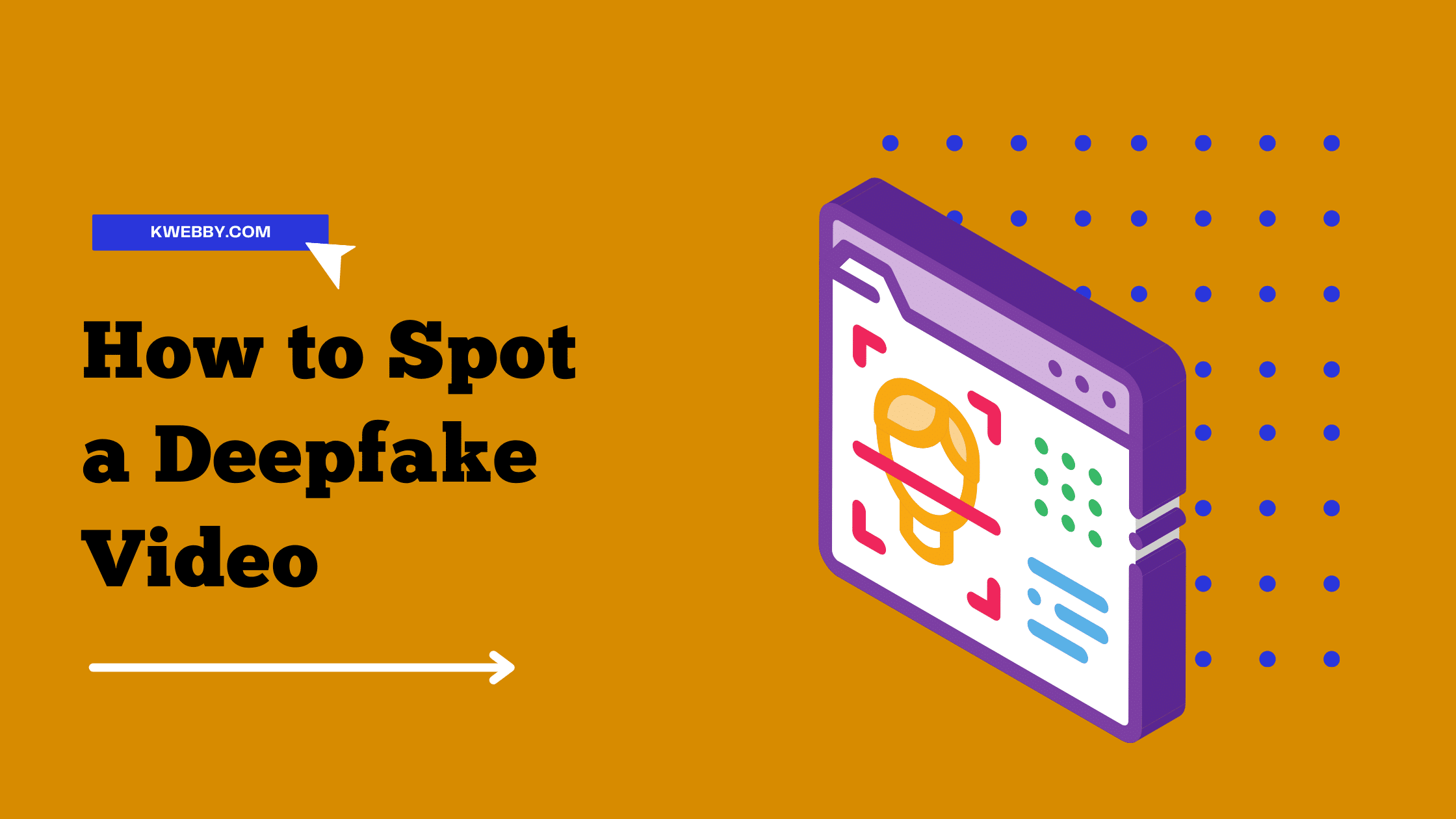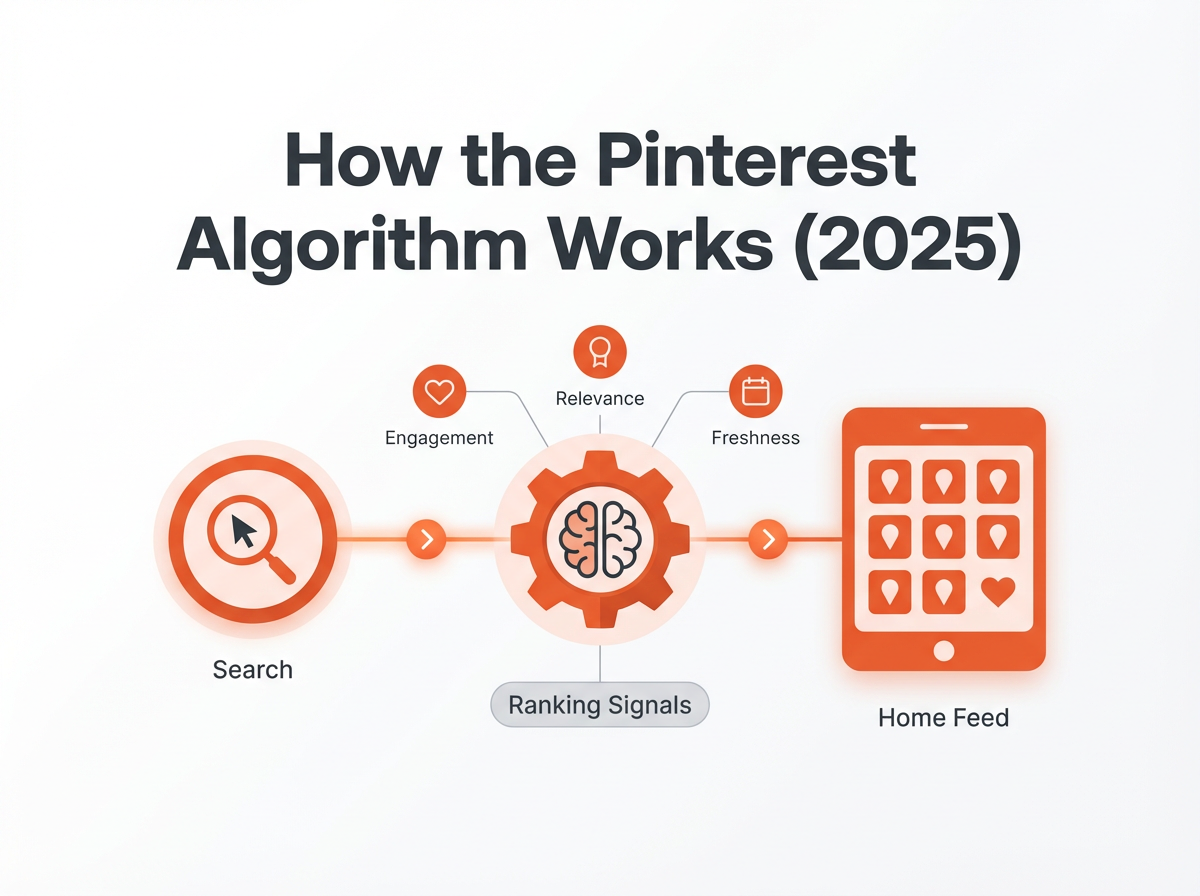Pondering on how to spot a deepfake video? Give it a read to get a quick answer….
Imagine being able to sing like a pop star performing on the stage or dance like your favourite dancer in just one day? Amazing, right?!
The technology used to get people to do or say things they have never done before may appear sophisticated, but it is pretty simple.
Do you know what that is? It is a deep fake.
To begin building an alternate reality, all required is either visual footage or a vocal recording. Synthetic content, often known as a deep fake, is modified using AI technology.
You have heard of deep fake videos on social networking sites. Artificial intelligence is used to construct these videos, making it appear as if someone did or said something.
In fact, one of the most popular uses of this technology is AI video face swap, which seamlessly maps one person’s face onto another’s, creating a highly convincing yet entirely fabricated visual.
Deepfake video creators will either superimpose a person’s face over another’s or match fake sounds to an actual video. While the prospect of being duped may be frightening, you can recognize them.
Now envisage that in the realm of deep fakes, determining whether a video is real or not just by simply looking at it or hearing it? It can be incredibly challenging, can it? Well, is it necessary to be concerned? How can you tell whether anything is a Deepfake? What is the quality of Deep Fake videos? How well can regular people identify the difference between a video that has been modified by AI and a video that has not been altered?
Want to erase all these question marks? But how? Umm, don’t worry, we have got you right here!
But first, let us understand –
What is a Deepfake?
Deep fake is a word that refers to audio and video files made by artificial intelligence, or more precisely, “machine learning.” Deep Fakes are feasible. Face swaps are replaced with another. Lip synchronization is adjusting a speaker’s mouth to a different audio track. Voice cloning is “copying” a voice to verbalize things.
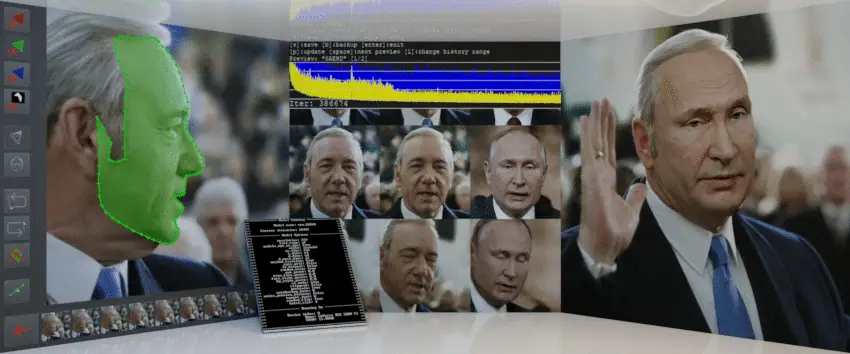
In basic terms, one computer compares the digital clone it has generated of you to the original material to see if it is convincing enough.
Do you move the same way, sound the same, and have the same expression? The system improves itself by repeating the process until it is satisfied with the outcome.
Even though this technology is constantly evolving and becoming more complex, you can still detect deep fakes if you know where to look. We will dive into this later!
How do Deepfake Works?
Deep Fakes have a pretty simple premise. Let us imagine we wish to add person A’s face to a video of person B.
To begin, they gather hundreds or thousands of photographs for both individuals. Using a deep learning Convolutional Neural Network (CNN), they built an encoder to encode all of these images. The image is then reconstructed using a decoder.
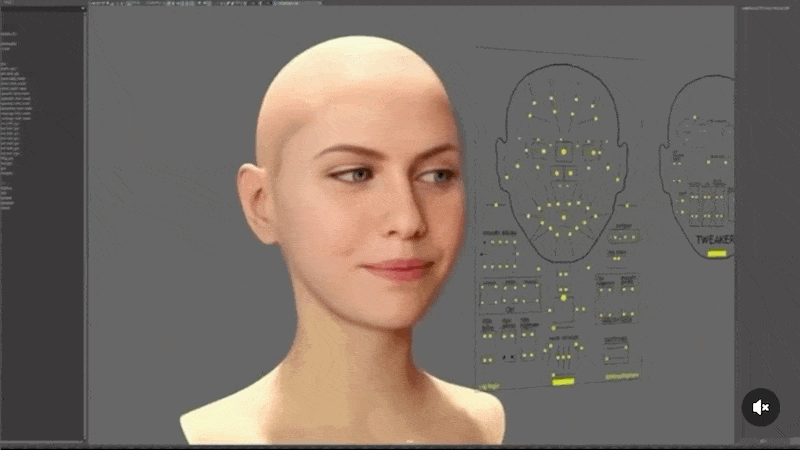
This encoder and decoder have over a million parameters, yet it is not even close to remembering them. The encoder must extract the most relevant information to replicate the original input.
Consider it a crime scene sketch. The features are witness descriptions (encoder) used by a composite sketch artist (decoder) to reassemble a picture of the suspect.

They employ decoders for persons A and B to decode features. They use backpropagation to train the encoder and decoders, making GPU (Graphic Processing Unit) graphic cards nearly identical. It takes about three days for the Graphics Processing Unit (GPU) graphic card.

They follow the training, frame-by-frame process of the footage to replace one person’s face with another. They extract the face of person A using face detection and feed it into the encoder.

Instead of giving it to its original decoder, they recreate the image using the decoder of person B in the original video; we draw person B with traits like A. The freshly produced face is blended into the original image.
What is the Purpose of Deep Fake?
In layman’s terms, the purpose of a Deepfake is that two neural networks compete against one another, aiming to construct an image that the other will not be able to identify from its training data. The other’s goal is to avoid being deceived.
But in today’s world, when fake news spreads like a wildfire, technologies like Deepfake create chaos and unrest among people and society.
As you can see below statistics that 26% of all fake news is generated by using technologies like photoshop, deepfakes etc in US;

The availability of training data for a specific person used to be the technology has been the main difficulty.
That is why celebrity deep fakes were initially popular due to the abundance of material accessible. However, as technology progresses, creating deepfakes from single photos or brief sound recordings gets easier!
There are many communities who use it for memes and fun also.
Victims of Deepfakes
Celebrity Impersonations
- George Clooney:
An Argentinian woman was scammed out of over ₹11 lakh after interacting with a deepfake of George Clooney on Facebook. The AI-generated videos convincingly mimicked the actor’s appearance and speech, leading the victim to believe she was communicating with him.
Source: Dailymail - Jamie Lee Curtis:
A deepfake advertisement featuring Jamie Lee Curtis was removed by Meta after the actress publicly criticized the unauthorized use of her likeness in an AI-generated commercial.
Source: San Francisco Chronicle - Billie Eilish & Katy Perry:
Both artists were falsely depicted attending the 2025 Met Gala through AI-generated images, despite not being present at the event. They addressed the misinformation on social media, highlighting concerns over the misuse of AI in creating deceptive content.
Source: People.com - Anthony Bolton:
A deepfake video of former Fidelity International fund manager Anthony Bolton surfaced on Instagram, promoting fraudulent investment opportunities. Fidelity confirmed the video was a scam and is working to have it removed.
Source: Financial News London
Political Figures & Election Misinformation
- Romanian Presidential Candidates:
Deepfake videos featuring candidates George Simion and Nicușor Dan were circulated on Facebook, falsely promoting a fake government investment scheme called “Neptun Deep.”
Source: Bitdefender - Prime Minister Narendra Modi:
A man in Navsari, India, was arrested for sharing a deepfake video of PM Modi in a WhatsApp group. The video depicted a fabricated attack scenario and included disparaging comments about the Indian Army.
Source: The Times of India - Joe Biden:
An AI-generated robocall mimicking President Biden’s voice was used in New Hampshire, urging voters not to participate in the primary election. The incident raised concerns about AI’s potential impact on democratic processes.
Source: Wikipedia
Legal & Ethical Concerns
- Scarlett Johansson:
Channel 4 faced criticism for including deepfake footage of Scarlett Johansson in lingerie in a documentary, potentially violating the UK’s Sexual Offences Act. The inclusion sparked debates over the ethical use of AI-generated content.
Sources: The Guardian - Taylor Swift:
In January 2024, AI-generated explicit images of Taylor Swift were widely circulated on social media platforms, leading to public outrage and discussions about the need for legislation against non-consensual deepfake pornography.
Source: Wikipedia
Industry Trends
According to a study by Surfshark, celebrities were targeted 47 times by deepfakes in the first quarter of 2025, marking an 81% increase compared to the entire year of 2024. Politicians were targeted 56 times during the same period.
Source: Surfshark
What Tools Does Deep Fakes Creators Use?
Wondering which tool they use to create such deep fake videos? Well if you cant spot the difference between deepfakes and real videos is because of these tools.
Most of them are freely available to users and some are paid (membership), but here are some tools which are available in the market to create deepfake videos;
- DeepFaceLab (Free)
- FakeAPP (Free)
- DeepFakesWeb (Freemium)
- Faceswap (Free)
- Reface (Mobile)
- Ebsynth (Free)
How Can you Spot Deep Fake Videos?
Will you be able to tell if a deep fake video or audio is real if you are viewing it or listening to it?
Deepfake technology improves in quality as detecting technology improves. There are, however, techniques to recognize deep fakes on your own and with the help of AI.
There’s actually no tool available to detect Deepfakes but Google AI trying its best to detect it using its own tool as they mentioned in their blog here.
We believe that by exposing how DeepFakes seem and giving people practice identifying tiny computational alterations, people will be able to detect a broader spectrum of video manipulations in the future.
It is difficult for a machine learning model to distinguish between fake and real movies, but it is also difficult for many humans to do so.
Because they feature a variety of persons, lighting situations, and algorithmic manipulation approaches, these movies are precious for showing the intricacies of DeepFakes.
Face or audio modifications are used in all of the manipulations. Many of the tricks are subtle.
We invite you to learn more about DeepFakes and see how well you can tell real from the content mentioned below.
There is no single tell-tale indicator of how to recognize a fake when it comes to AI-manipulated media.
Nonetheless, there are a few DeepFake artifacts that you should keep an eye out for to know if it is accurate or fake.
Fuzzy Background
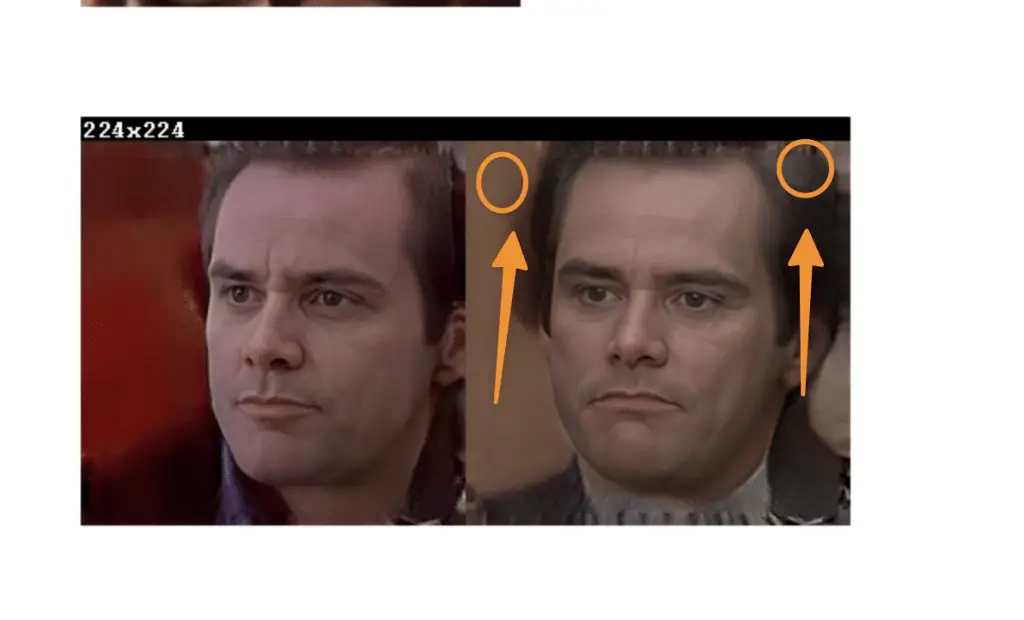
Spotted a Vague background? Fuzzy Background might be a red flag when we spot misty or unclear background in a video or an image.
You know that something is wrong if the edges or backgrounds of images are hazy or visuals are misaligned — for example, where someone’s face and neck meet their body.
When the two objects blend, the background becomes practically fuzzy, making it easy to spot. This is since the video or image is a Deepfake. So, here was the first hack on knowing whether to know the video is real or fake.
Different Reflections on Eyes
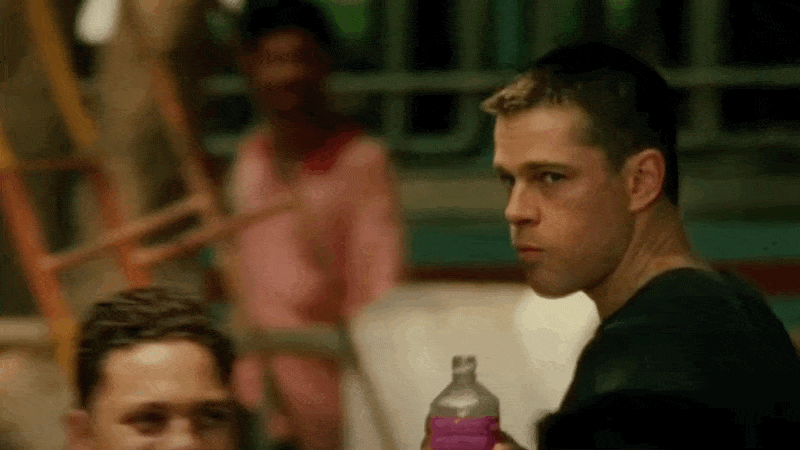
The second thing you will notice on a deep fake video is specific reflections in the eyes. So, don’t forget to eye the person!
If eye movement is not natural, that again is a red flag.
Eye motions that do not appear natural or lack eye movement, such as no blinking, are the warning signs.
As you can see above example of brad Pitt in the bourne movie instead of Matt Damon.
It is challenging to mimic the act of blinking realistically. It is also challenging to recreate real-life eye moments. As a result, someone’s eyes frequently follow the person with whom they are conversing.
Weird Facial Expressions
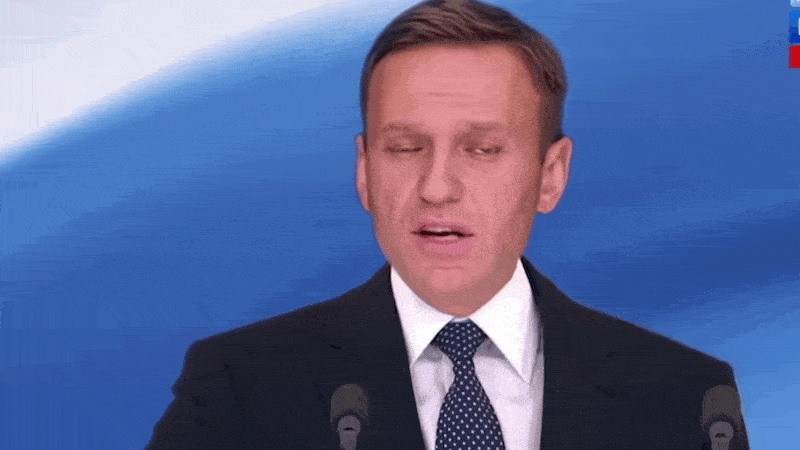
When something about a face does not look quite right, it could signify facial morphing. Face morphing is a term that refers to a seamless shift from one face appearance to another.
This happens when a basic stitch of one image is done over another.
Face morphing is currently a significant security concern, especially in electronic identification documents, because it can be successfully exploited for criminal purposes, such as fooling Automated Border Control (ABC) systems and circumventing border security regulations.
Facial Features
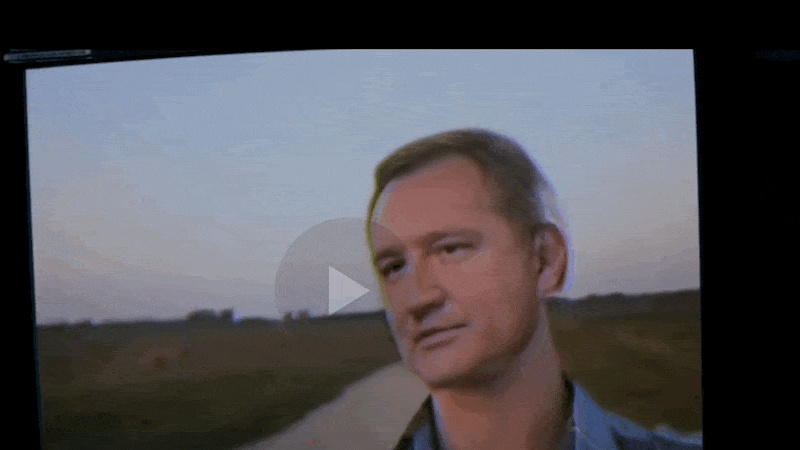
Deep fake artists tend to concentrate on the face and may ignore differences in body position or posture. You should be wary of a video’s validity if someone’s face is pointing one way and their nose is pointing another.
Pay close attention to the cheekbones and the top of the head. Is your skin too smooth or too wrinkled? Is the skin age comparable to that of the hair and eyes? On some dimensions, DeepFakes are frequently incongruent.
As you can see in the above example of Elon musk, the face looks weird and the expressions also.
Keep an eye on the eyes and brows. Do shadows appear where you would expect them to appear? DeepFakes often fail to replicate a scene’s natural physics accurately.
Weird Body Structure
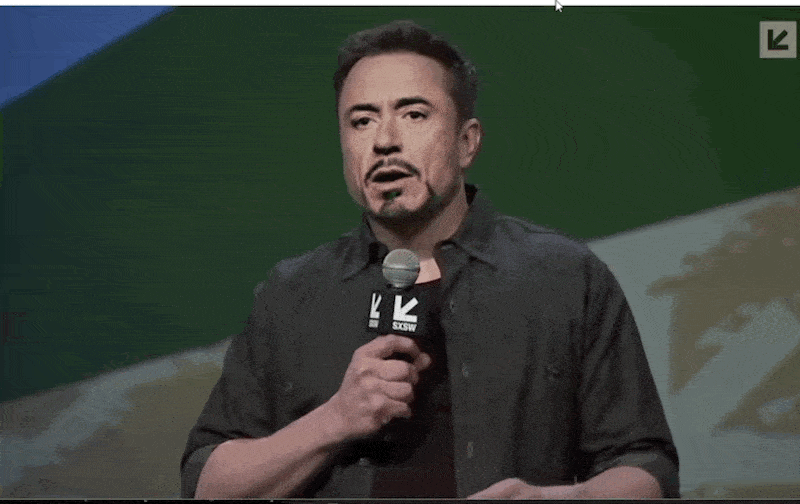
When you spot something uncomfortable or weird, make your mind that something is fishy!
An awkward body or posture is another way to spot the difference between the real and fake. Another clue is if a person’s body shape is unnatural or if their head and body are positioned awkwardly or inconsistently.
Because deepfake technology primarily concentrates on facial traits rather than the entire body, this may be one of the simpler anomalies to identify.
Inconsistent Body Movement
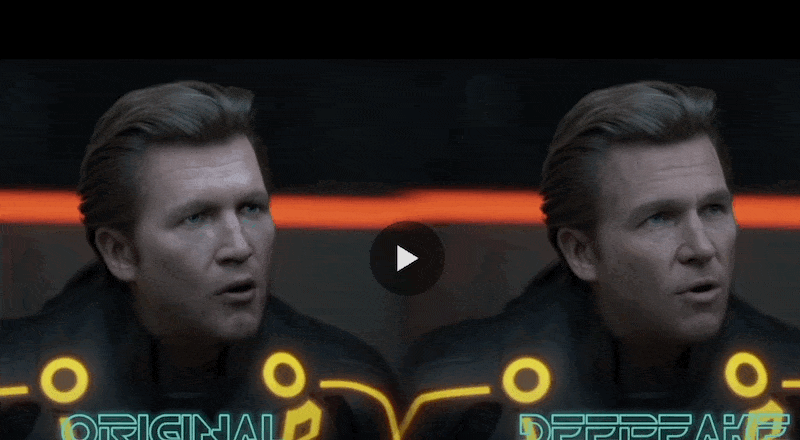
Caught your sight on something that looks inconsistent?
Then you should assume the video is phoney if someone appears skewed or off when they turn to the side or move their head or if their movements are choppy and disconnected from one frame to the next.
Unnatural Skin Color
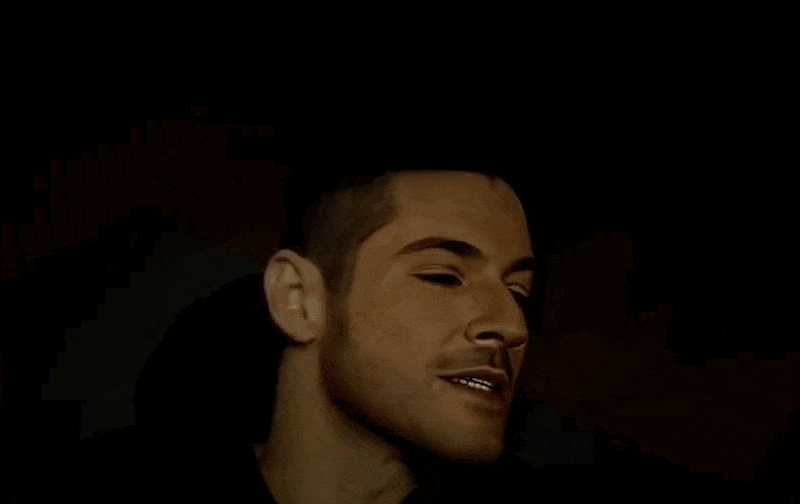
With we all busy surfing Instagram, we are sure we come across many reels with unnatural skin tone, oops, plastic skin kind of texture, right!
Don’t feel insecure about yours being the real one because this strange lightening on the skin is due to a deep fake and no actual golden hour!
Skin tone, discolouration, peculiar lighting, and misaligned shadows are all indicators that what you are seeing is most likely phoney.
Like in the example above, Tom Ellis is Elliot in Mr.Robot.
Unnatural Hair
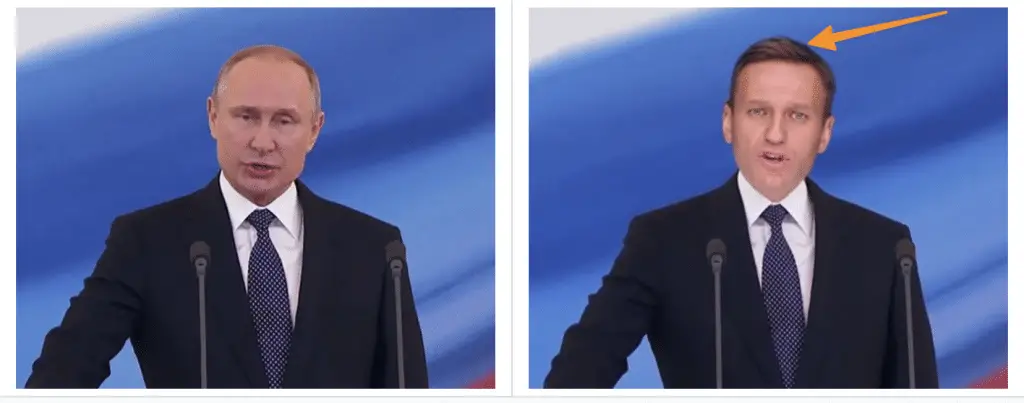
Have you ever seen a real person, a natural picture, or a raw video with no fizziness in their hair and no hair flying due to air? We have never seen one!
But when the pictures or the videos are DeepFake, such natural things will be missing! Because faked photos cannot generate these unique qualities, you will not notice frizzy or flyaway hair.
Inconsistent Background Noise or Audio
Deep Face creators frequently give the video pictures greater attention than the sounds because all they want is to make the person perfect (which in a way never turns out to be one!) and not the audio.
You can quickly notice poor lip-syncing, humanoid robot voices, unusual word pronunciation, digital ambient noise, or even the disappearance of audio can emerge from this.
Reverse Image Search

The growing internet has almost taken over the entire world. You can easily find real clips on the internet.
Such clips can be found online by searching for an original image or using a computer to perform a reverse image search to see whether an image, audio, or video has been manipulated.
All you need to do is to go to Google images and use “search by image” option;
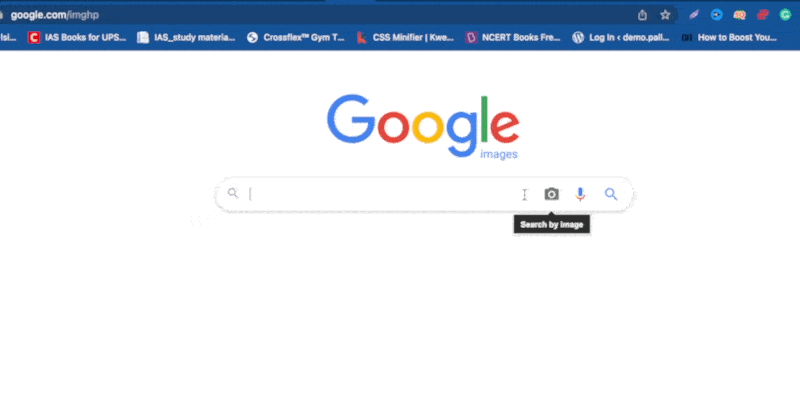
Although reverse video search technology is not yet widely available, investing in such a tool could be beneficial.
Digital FingerPrints
A digital fingerprint for recordings can likewise be reated using blockchain technology.
While not infallible, this blockchain-based authentication can assist in determining the validity of a video. This is how it goes.
When you make a video, the content is saved in a ledger that you can’t edit. This technology can aid in the verification of a video’s authenticity.
Detecting (almost invisible) synthetic and edited media traces is a far more difficult task.
Bizarre “jumps” in a video, a change in voice emphasis, low-quality audio, fuzzy patches, strange limb forms, and other peculiar irregularities might be signs of manipulation. Trust your instincts and intuition.
Ask yourself, “Does this make sense?” at all times.
Is it possible that this is correct? Always look twice and look attentively. Concentrate on the facts and get a second opinion from a friend or coworker.
Use DeepFake Detector Tools Online
Here are some of the deepfake detector tools online you can use to detect deepfake videos;
More Resources;
- How to Surf the Internet Safely: Protect Your Privacy and Computer
- 7 best ways to prevent smartphone from being hacked
- Nonprofits and Social Media: 5 Ways Social Media Can Benefit Your Nonprofit
Conclusion
In the realm of obscenity, including so-called cyber harassment, deepfake technology has had a significant impact. Fake pornographic movies and photographs are extensively circulated, causing harm to victims ranging from celebrities to schoolchildren.
Sometimes, Deep Fakes threaten society because of how people consume media nowadays. While online, the average individual is bombarded with media and isn’t always sure what they’re sharing is accurate.
While the war rages on, it is a good idea to be able to detect deep fakes at least part of the time and take precautions to avoid being duped.
It helps if you are wary of videos you see on the Intertubes and cautious about providing money unless you are sure the person on the other end of the telephone is genuine.
These eleven questions are meant to assist users in navigating Deep Fakes. High-quality Deep Fakes are challenging to spot, but with enough effort, people can develop an intuitive sense of what is phoney and what is real and not fall into the trap of filters and falsifications!
Test your knowledge
Take a quick 5-question quiz based on this page.







